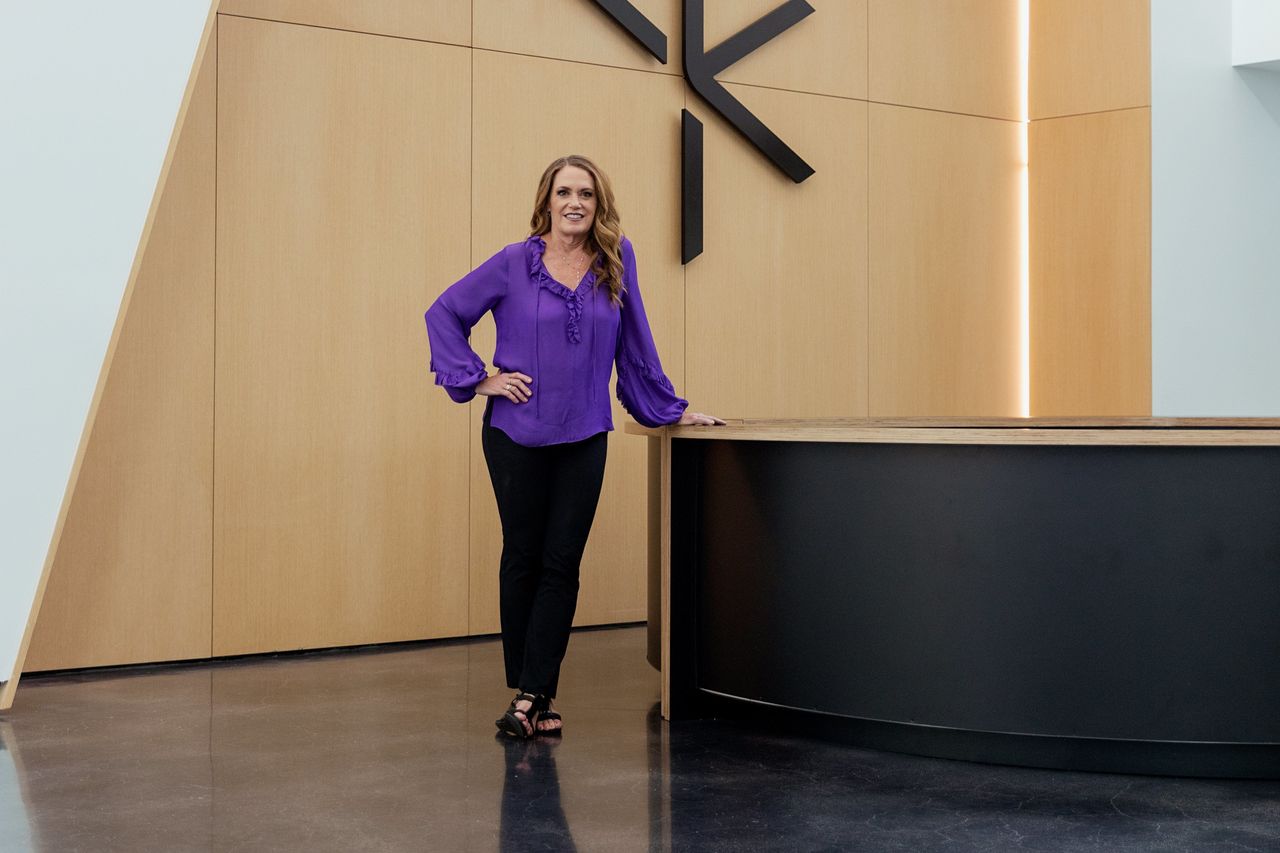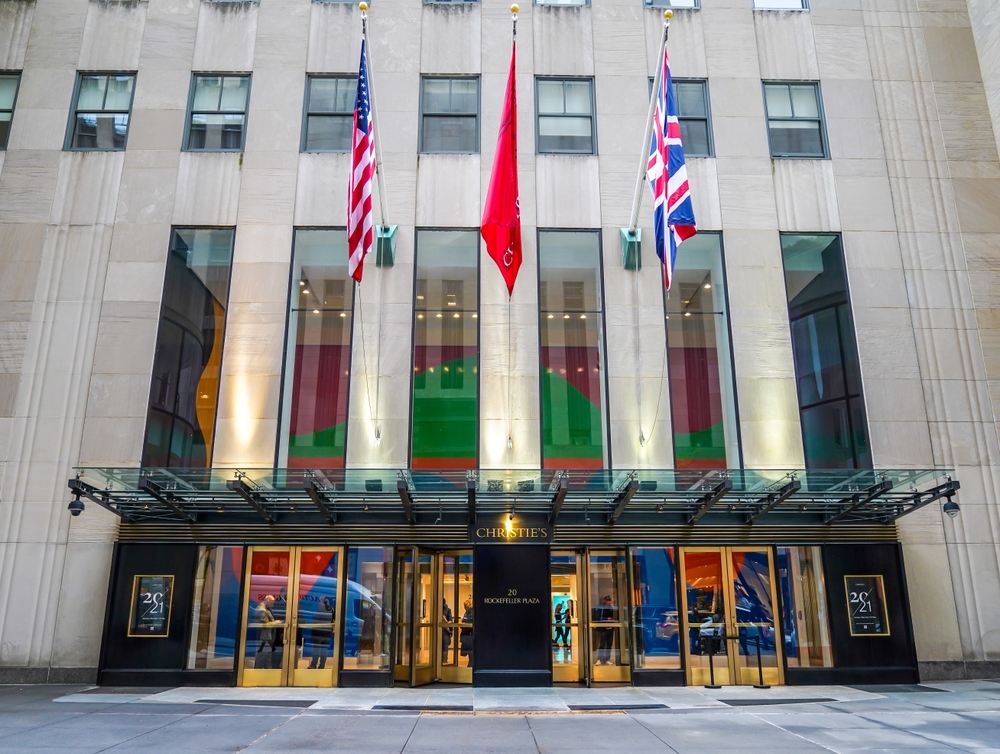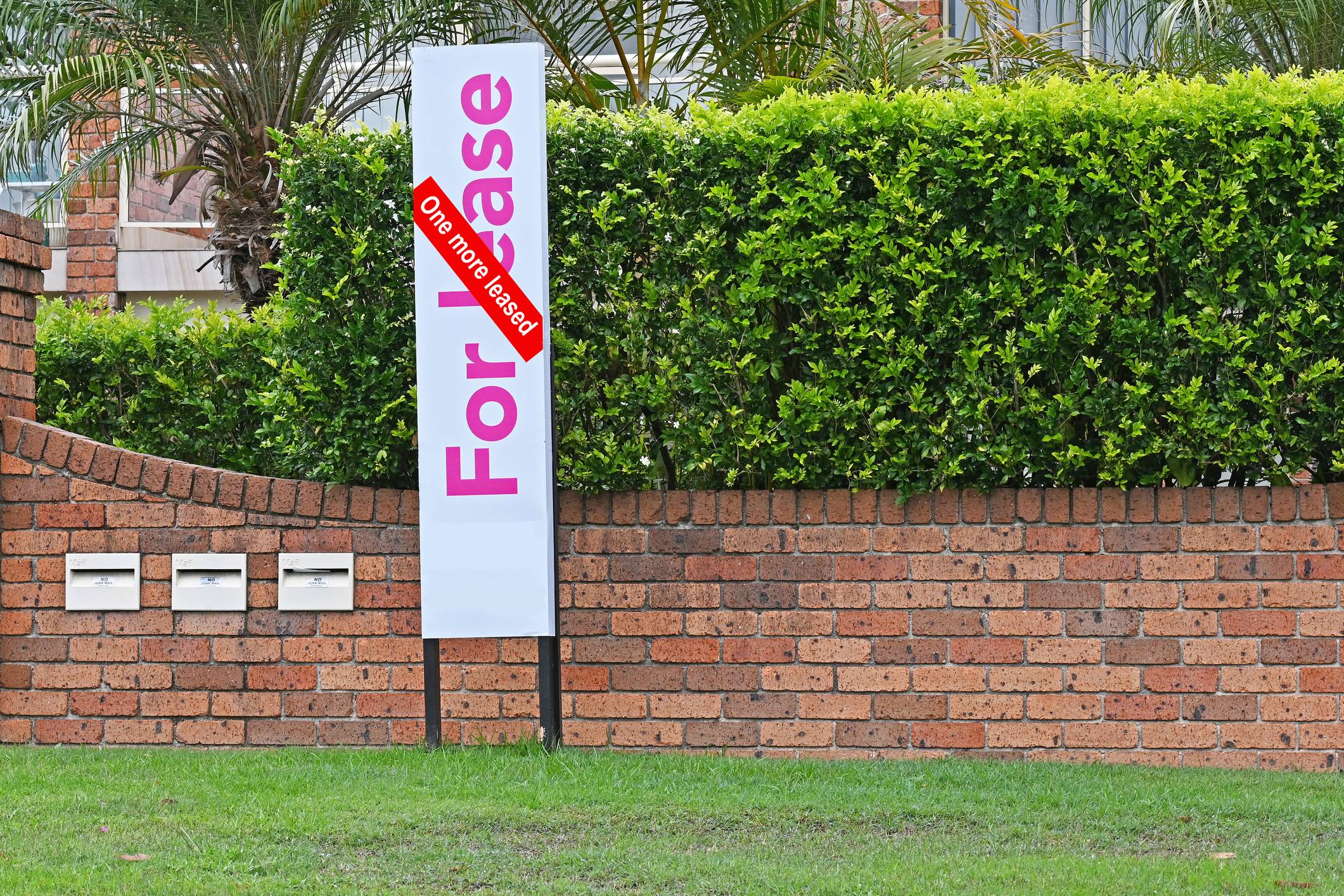What It Will Take for Augmented Reality to Become Our Reality
Peggy Johnson, CEO of AR goggle maker Magic Leap, talks about the real metaverse, how the tech is used on the job, and the innovation needed for non-nerdy glasses.
Metaverse. Metaverse. Metaverse.
Say it three times fast, and you’ll still be confused about the promise of this much-hyped digital world where we’ll apparently work, hang out and more.
Yet Peggy Johnson, chief executive of Magic Leap, can see it clearly. She doesn’t even have to put on the company’s high-tech headset.
Ms. Johnson, who took over the reins of the embattled startup in 2020, sees a future where we put on augmented-reality glasses and view digital information projected within our real world. No more would we be constantly sucked out of the world to stare at a screen in our hand or on our desk or wall.
(Reminder: While a virtual-reality headset blocks out the world so you can escape, augmented-reality goggles add a layer onto it. Think of the windshield heads-up display found in many cars today.)
After 25 years at Qualcomm, Inc. and then six more at Microsoft Corp. as its chief deal maker, the 60-year-old CEO redirected Magic Leap to focus on enterprise customers and business-use customers for its still nascent technology. The Magic Leap 2 headset, expected to ship later this year, is designed to be lighter than its predecessor, with better optics and audio.
The Wall Street Journal spoke to Ms. Johnson about the industries already making AR a reality and what it will take to get glasses that don’t look like a total nerd helmet.
Our lives are dominated by screens. Why do we need augmented-reality glasses?
Right now, we sit in a stationary spot, and we interact through a keyboard with a PC. Augmented reality is going to change that whole paradigm. You’ll be able to look at your physical world and interact with digital content that sits in your physical world. The opportunity is to have a heads-up view and be able to have useful tools embedded in your physical world that will help you get your job done. It’ll help you do things in shorter amounts of time because you’ll have these digital cues helping you.
Magic Leap headsets are already being used on the job. What industries are benefiting from AR?
We have a number of healthcare companies using it because it very precisely and accurately can place digital content in front of their eyes.
For instance, we have a company named Brainlab who’s using it. They scan an image of your brain, and a 3-D image of your brain is now in front of your eyes and it can be used as a pre-surgical planning tool. You can draw the surgical pathway that you want to take.
Another company called SentiAR creates live, interactive 3-D visuals of patient’s hearts during cardiac-ablation procedures, which are performed to correct heart-rhythm problems. Typically, that’s done with a surgeon feeding the tube in but looking at a 2-D screen. Now, they have the ability to map your heart—the actual live heart—in front of your eyes while they’re inserting the catheter, and that just improves accuracy, navigation abilities.
Beyond that, we have a variety of manufacturing scenarios. We think it’s going to be a real tool for the factory worker. You can almost think of it as a computer on their eyes. Their hands are still free to do their job but, for instance, the worker can walk up to a physical machine. Above it can be displayed digitally the statistics of the machine: The up time, the down time, there can be a red flag that says it’s time for maintenance.
With Magic Leap 2, you’ve made hardware improvements but it still requires you to wear a headset that’s attached to a mini-computer on your waist. What are the biggest roadblocks to getting to sleek-looking glasses?
To some degree, we think of this as an advantage. We’ve taken the heat and the weight and put it down on your waistband or your pocket. That has allowed us to make the headset only about 250 grams, about 20% lighter than our Magic Leap 1.
You can draw an analogy between AR and mobile phones. When they first came out, they were big and they got smaller over time. A lot of that was component reduction and silicon integration. So those two things have to happen. It’ll be a few years before we can get to an eyeglasses format. But clearly, that’ll open up a consumer market in a big way and that’s definitely what we’re focused on.
Speaking of consumers, what will be the killer app that gets us all wanting to put these types of devices on our faces?
Enterprise customers were really the first users of mobile phones. I was in that industry back then, and they wanted longer battery life, smaller, lighter, all of those things. So we’ll take all that feedback in and use it as we begin to design Magic Leap 3.
I do think—and particularly because we’re coming out of a pandemic and we’re living in a hybrid world—this idea of 3-D collaboration with others who may be in the room or maybe a continent away is going to be an application that drives consumer use. It could be talking to your grandma on the other coast or it could be talking to your co-workers. To make meetings come to life seems to be the thing that will really drive usage into a consumer format.
We’re hearing a lot about the promise of the metaverse. What’s your outlook on it all?
There are great use cases for virtual reality. A lot of them are around entertainment, training, that sort of thing. It’s somewhat limited because when you’re fully occluded, you’re limited and you can’t move around as easily.
When you can see your physical world and interact with the digital content, that’s the true promise of the metaverse. The technology should just blend in. I think the pandemic will push us more toward that because we have been heads-down for two years and on these little screens.
It’s 2030. What do your job and industry look like?
Maybe I don’t come to work. Maybe I put on my glasses and have meetings. We’re all sort of doing that now since the pandemic but the experience would just be a lot more natural, as if I’m actually in the room with people. The technology is headed there.
Hopefully that is the world we’ll be in in 2030 and we will be back to a heads-up world and not looking down at a little screen in our hands. Our hands will be free to interact with that digital content in our physical world.
Reprinted by permission of The Wall Street Journal, Copyright 2021 Dow Jones & Company. Inc. All Rights Reserved Worldwide. Original date of publication: May 6, 2022.
 Copyright 2020, Dow Jones & Company, Inc. All Rights Reserved Worldwide. LEARN MORE
Copyright 2020, Dow Jones & Company, Inc. All Rights Reserved Worldwide. LEARN MORE
This stylish family home combines a classic palette and finishes with a flexible floorplan
Just 55 minutes from Sydney, make this your creative getaway located in the majestic Hawkesbury region.
Working a regular day, even into the evening, is for mere mortals. Those out to impress start well before dawn.
As a competitive rower in my long-ago prime I sometimes used a racing strategy called fly and die. Sprinting to an early lead often yielded a fast overall time, even if I couldn’t hold my torrid pace through the finish line.
Some professionals take a similar approach to their desk jobs, starting their workdays with a 5 a.m. to 9 a.m. shift. They are up before the sun—and, more important, before their co-workers—to get a jump on the workday and impress the boss.
Nothing screams go-getter like a predawn email! Getting stuff done early allows them to clock out midafternoon and still look like stars, even if their routines require Ben Franklin-esque sleep schedules and vats of caffeine.
Melissa O’Blenis rises by 4:30 a.m. for prayer and Peloton time before starting her job at the digital consulting firm Argano.
“I just love checking things off my list,” she says. “I need that focus time away from Teams messages, email notifications and text alerts.”
A mother with two sets of twins, O’Blenis, 48, often breaks for her kids’ afternoon sports without feeling guilty or judged. Colleagues jokingly call her Granny because her 9 p.m. bedtime makes the early starts possible. But Granny got the last laugh when she was promoted to a director-level role in March.
More than 90% of knowledge workers want to flex their hours, according to surveys by Slack’s Future Forum . In the pandemic many of us got in the habit of handling personal commitments during standard business hours, then catching up on work tasks later .
Now that the office battle is largely over, fighting a return to rigid, 9 a.m. to 5 p.m. schedules might be workers’ last stand. But managers complain about afternoon dead zones when employees are out of pocket.
The solution for more workers is starting sooner instead of finishing later. Workflow software maker Asana reports that 21.4% of users are logging on between 5 a.m. and 9 a.m. this year, up from 19.8% in 2021. About 12% of work tasks are completed before 9 a.m., the company says, compared with 10% before the pandemic.
Early-bird bosses
Gibran Washington and his basketball teammates at Hofstra University used to run at 6 a.m. He maintained his early wakeups while climbing the ranks in food-and-beverage management.
By 9 a.m. meetings, he had already exercised, meditated and put in a couple of hours of work.
“I always found myself more prepared than my colleagues who hadn’t had their first cup of coffee yet,” says Washington, 40, who doesn’t drink coffee. Now he is chief executive of Ethos Cannabis, a chain of 12 dispensaries in three states, and rises as early as ever.
Waking and working ahead of the pack is a common CEO habit, from Apple ’s Tim Cook to General Motors ’ Mary Barra . Even if your ambitions are less grand than the corner office, starting early could help you stand out for one simple reason: The boss is probably up, too, and taking notice.
Matt Kiger says being the first one into the office helped him catch his manager’s eye and advance after changing careers from education to media sales. He would set his alarm for 5 a.m., hop a train from Connecticut to New York and be at his workstation before 7.
“I thought, ‘What is it going to take to break through?’” he recalls. “‘It’s going to take being there when my boss comes in, already at my desk making phone calls.’”
Now a senior vice president for digital sales at Townsquare Media , Kiger, 47, says much of the daily communication among company leaders happens by text and phone from 6 a.m. to 8 a.m. It’s possible to succeed as a night owl, he says, but people who sleep in risk missing a window when many executives are awake and accessible. While some working parents can’t swing early-morning meetings, others like Kiger say they are the key to being present at kids’ after-school activities.
Getting the worm
Matt Sunshine—whose surname surely predestined him to be a morning person—wakes at 5:30 a.m. to read the news. Then he cycles or takes a Pilates class and is on his computer by 7.
Sunshine is CEO of the Center for Sales Strategy in Tampa, Fla., which helps healthcare, media and professional-services companies generate leads. He doesn’t expect his 55 employees to follow his schedule but says it becomes progressively harder to get his attention as the day goes on and his calendar fills up with meetings. He also tries to log off by 5:30 p.m. for family time, so working after hours won’t necessarily make an impression.
“If you want to get my attention, a good time to get me is first thing in the morning,” Sunshine, 55, says. “Because people know I’m an early riser, I think that does influence other people to do the same.”
Elvi Caperonis’s morning routine is next-level organised. Her alarm rings at 6 a.m. She goes for a run at 6:30. At 7 she showers and eats breakfast. At 7:30 she opens her laptop and sets a timer for 25 minutes. That’s her first block to focus on the most important task of the day before a five-minute break. She repeats the on-off work pattern throughout the day.
Caperonis, a technical program manager at Amazon , makes a daily to-do list with nine items. She rates one critical, three medium-level and five lower-priority. This helps her work efficiently and in the right order.
The 41-year-old works from home in Florida and often picks her daughter up from school at 2:30 p.m., freedoms she has preserved partly by being highly productive early in the day, she says. Much of her job involves identifying potential risks to a project’s success, and when she sends an early-morning alert it arrives really early for company leaders in the Pacific time zone.
“They appreciate having that information first thing when they open their email,” she says. “In my experience, leaders are also early birds.”
Consumers are going to gravitate toward applications powered by the buzzy new technology, analyst Michael Wolf predicts
Just 55 minutes from Sydney, make this your creative getaway located in the majestic Hawkesbury region.























